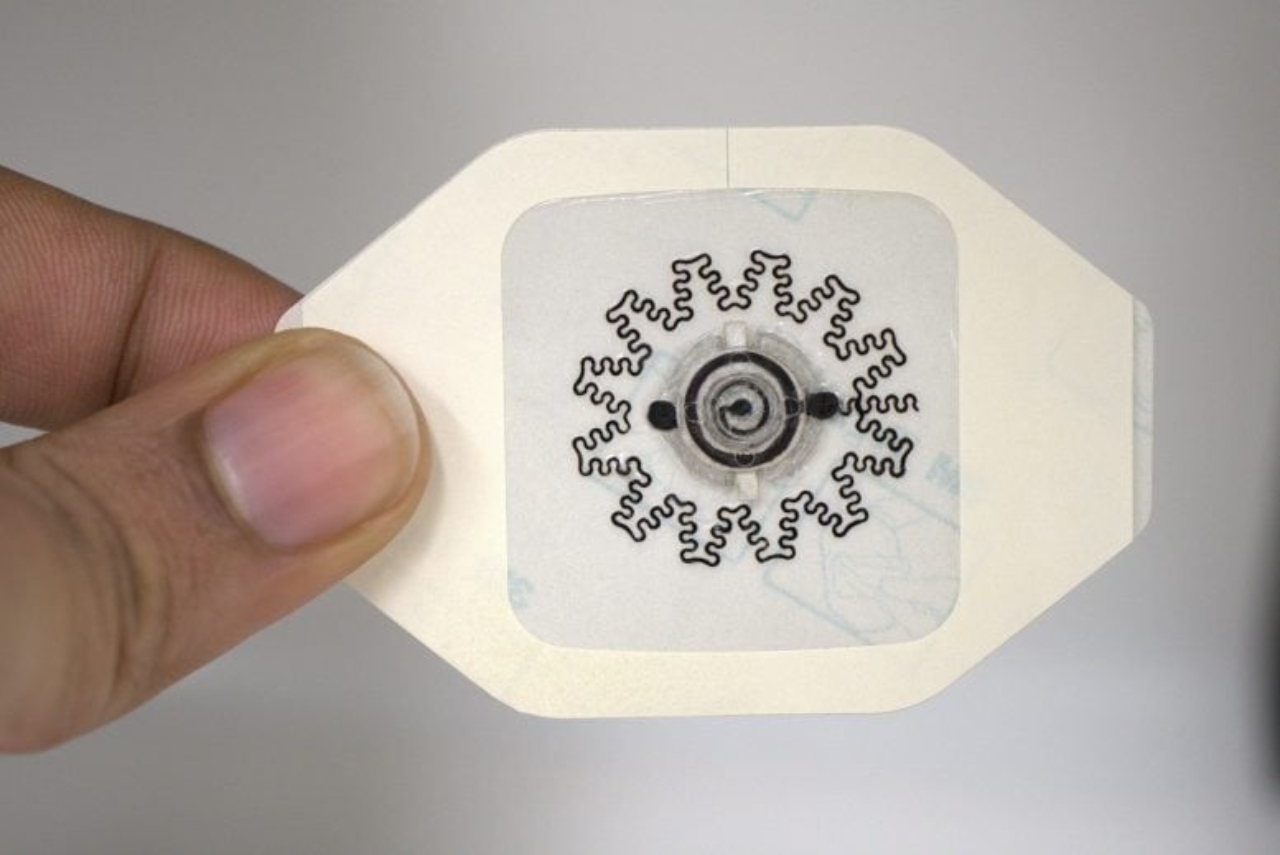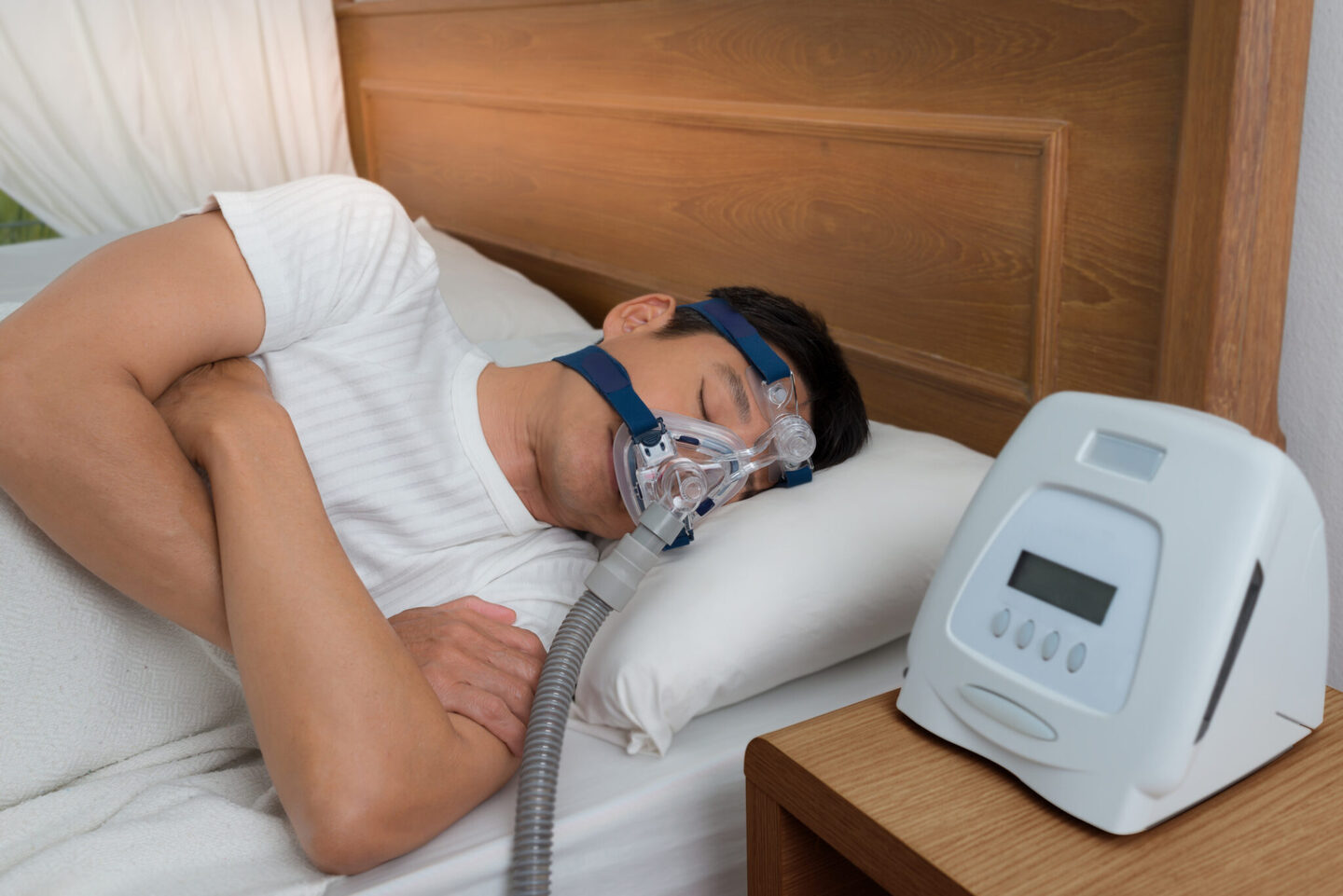
Revolution in Healthcare: Affordable Electric Bandage Speeds Up Healing of Severe Wounds
Researchers have developed an affordable bandage that uses an electric field to accelerate the healing of severe wounds by 30% faster.
By Alejandra Legarda
Chronic wounds, such as ulcers in diabetic patients, are lesions that either fail to heal or heal very slowly, posing a significant medical challenge. These wounds tend to reappear after treatment, significantly increasing the risk of amputations and raising mortality rates among those affected. Moreover, current treatments for these wounds are costly, adding a financial burden to patients.
To address this issue, a group of researchers has developed an affordable bandage that uses an electric field to accelerate the healing of chronic wounds. In animal studies, wounds treated with these electric bandages showed significant improvement, healing 30% faster compared to traditional bandages. This development is particularly promising because it not only speeds up healing but also offers an accessible and easy-to-use solution at home, potentially making the treatment more effective and convenient for patients.
RELATED CONTENT
The electric field used in these bandages is crucial, as it has been proven to accelerate the healing process. The bandages are equipped with flexible electrodes that conform to the irregular surface of chronic wounds, allowing the electric field to focus appropriately from the edges to the center of the wound. This adaptability is essential to ensure the effectiveness of the treatment, especially in wounds that are asymmetrical and deep.
The results obtained in tests with diabetic mice, which are a common model for studying wound healing in humans, were encouraging. The electrical stimulation not only sped up wound closure but also promoted the formation of new blood vessels and reduced inflammation, clear indicators of overall improvement in healing.
Additionally, WPED bandages (wound dressing with electrical stimulation) are easy to apply and allow patients to continue with their daily activities while receiving treatment. This functionality is crucial, as it facilitates a more consistent and accessible treatment, reducing the need for frequent clinic visits and prolonged periods of immobility.
Researchers are continuing to refine this technology, aiming to improve the consistency of the electric field and extend its duration. They are also moving towards clinical trials with the goal of bringing this innovative bandage into practical use, which could benefit a large number of people with chronic wounds in the near future.











LEAVE A COMMENT:
Join the discussion! Leave a comment.